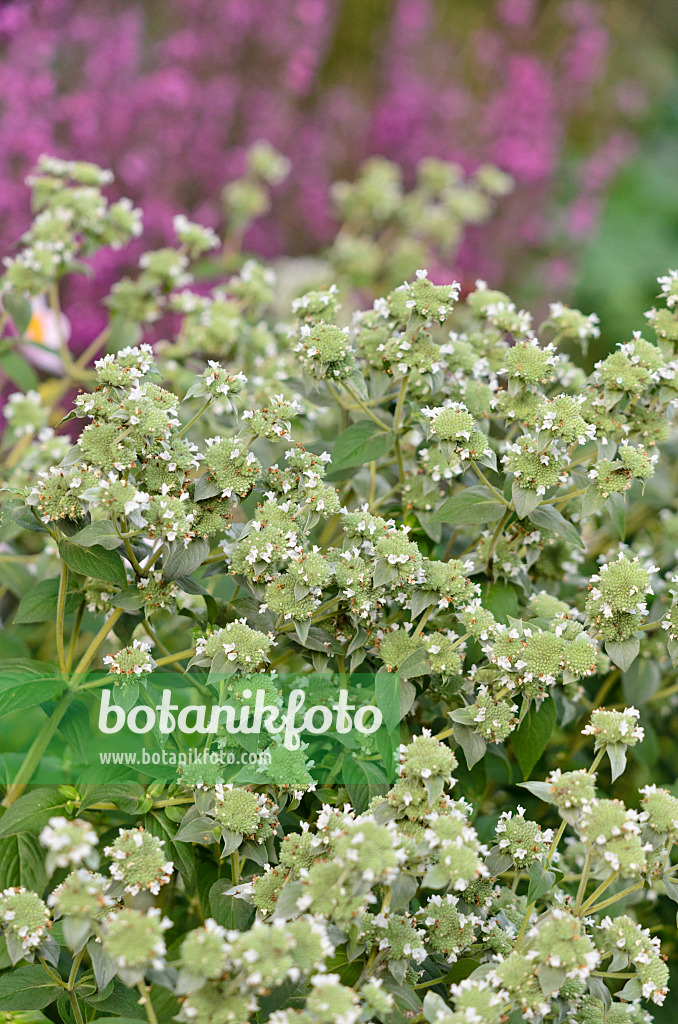
Malcolm Vidrine, a professor at Louisiana State University, Eunice, discovered and introduced this amazingly minty-fragrance variety from populations in southwest Louisiana. Not all Pycnanthemum albescens have this distinctive odor, most have an odor that is frequently described as camphor-like. The odor is intense when brushed or bruised, even brushing against the plant in passing can best be described as smelling for all the world like a pack of Wrigley’s Doublemint ® gum! This plant lands on the top of my list of absolute best fragrance plants. Ours have formed patches 3’ x 3’ in four years. This rates at the top of our list of wonderful garden plants because of its tightly clumping habit, its attractiveness to pollinators and, above all else, the incredible fragrance! This species reaches 3’ in height with abundant branching above with stems produced in very close proximity and thus supporting each other and holding the plants rather erect even late in the season. Pycnanthemum albescens ‘Malcolm Vidrine’ – Malcolm Vidrine Whiteleaf Mountain Mint Many of the best species for cultivation come from the flatlands but there is apparently no room for flatlanders in the common names chosen by “experts.” Non-aggressive, Clumping Mountain Mints The name “mountain mint” is a bit misleading as many of the species are found nowhere near a mountain, nor even anything that could reasonably be called a hill. Luckily for those of us who have smaller gardens and yearn to make a difference by adding a positive impact to our local biodiversity there are many, many wonderful species that add beauty, structure and importantly stay put! I felt the need to provide a resource to a vast majority of the species and cultivars that provides you the knowledge to know which are right for you and which are nice to visit on the roadside in the wild.

While there is a place for plants like this, few of us have acres of moist meadow that can be sacrificed to make room for this plant in our gardens. Unfortunately, many of us that like tidy, non-spreading plants are completely put off by the super-aggressive spreading nature of the most widely known species, Short-toothed Mountain Mint ( Pycnanthemum muticum).


 0 kommentar(er)
0 kommentar(er)
